Advertisement
A glimpse into surgical decision-making in a singular case
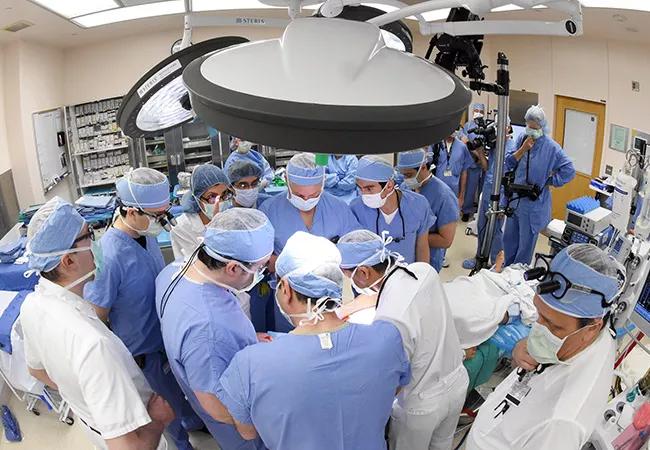
Midway through Cleveland Clinic’s first total face transplant, the surgical team had a key decision to make. They had planned to limit the amount of tissue transplanted from the donor strictly to the minimum needed to ensure a good result. But as the operation proceeded, they started to realize the amount of tissue they had planned on — based on months and months of meticulous preparation aided by augmented reality and 3D-printed models — wouldn’t fit quite right on the recipient.
Advertisement
Cleveland Clinic is a non-profit academic medical center. Advertising on our site helps support our mission. We do not endorse non-Cleveland Clinic products or services. Policy
Before the transplant, the team had thoroughly informed the 21-year-old recipient and her family about their initial plan (plan A) and the possibility that they might need to revisit it and go with a plan B based on what they encountered in the OR.
“Plan B involved using all the skin tissue we had from the donor,” explains Francis (Frank) Papay, MD, who led the transplant surgery team in the OR along with Brian Gastman, MD. “Plan B posed a bit more risk than plan A, in that it raised the prospect of more antigenic activity, but it promised a better functional and aesthetic result based on what we saw in the OR.”
“Initially we opted not to make a definitive decision but to proceed and commit incrementally to what we were going to do,” adds Dr. Gastman.
At several points the two surgeons left the OR to consult with the family of the patient, Katie Stubblefield (see background here), sharing photographs taken intraoperatively and explaining the tradeoffs between the two plans based on specific parameters as they were encountered.
“The family was intimately involved hour by hour, and they were an essential part of the decision-making,” Dr. Gastman says. “They knew what Katie wanted — she wanted a home run, if possible — and that was more possible with plan B. So after double- and triple-checking with the family, we proceeded with plan B and used all the skin tissue from the donor.”
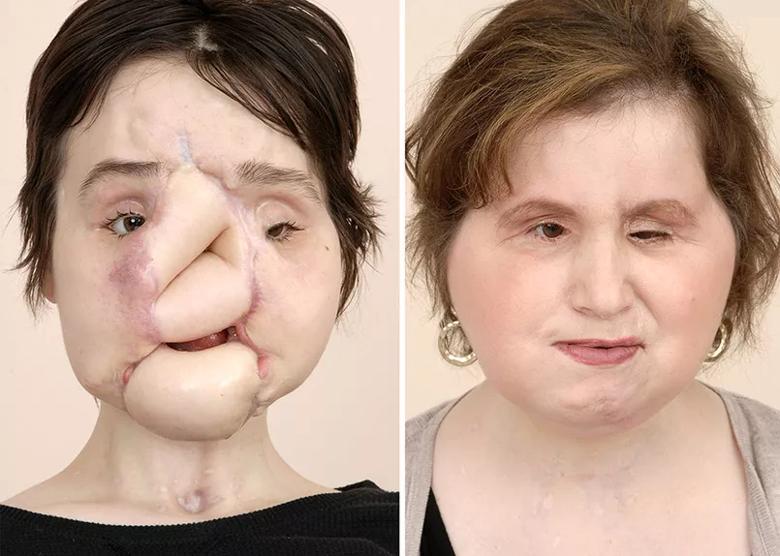
Katie two years before her total face transplant (after some but not all of her reconstructive surgeries) and 15 months after the transplant.
Drs. Papay and Gastman point out that the large team of surgeons in the OR had fallen into two camps on this choice between plan A — to be as conservative as possible in the transplantation, to maximize safety — and plan B, designed to optimize aesthetic results.
Dr. Papay notes that he was initially in the camp that favored the more conservative approach, but he’s comfortable with the ultimate decision and particularly with how it was made.
Advertisement
“There’s almost always some debate in the OR during a complex operation,” he says. “I think collectively a team makes the best decision. I went along with the team and the family based on the arguments in what we call the ‘surgical court of law.’ As we debated it logically, giving evidence for or against each option, we drew on the diverse perspectives and expertise we had in the OR — head and neck surgery, plastic surgery, craniofacial surgery, hand surgery, trauma surgery, microvascular surgery, reconstructive surgery. All these various ways of looking at a problem is what gives you the best solution. This is the team approach that Cleveland Clinic is designed to bring to bear. It’s the power of collective genius that not all institutions foster so well.”
“This case is a prime example of the whole being greater than the sum of its parts,” adds Dr. Gastman. “That may be a truism, but unfortunately it’s not always true in clinical practice. The way our teams are integrated, thanks to Cleveland Clinic’s institute-based structure and group practice model, allows us to function at a higher level than some other institutions can even if they might have individual clinical superstars.”
Dr. Papay ties this ethos back to Cleveland Clinic’s foundational credo of “acting as a unit” as its founding physicians had done in World War I. “Cleveland Clinic has always been about bringing teams together to solve complex problems through collaborative innovation,” he says. “This total face transplant is an exemplary case in point.”
Advertisement
Advertisement

Family history may eclipse sun exposure in some cases
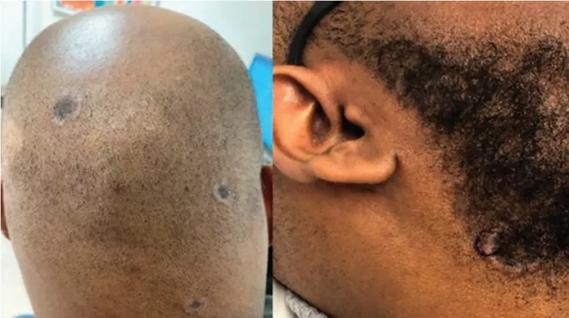
Consider secondary syphilis in the differential of annular lesions
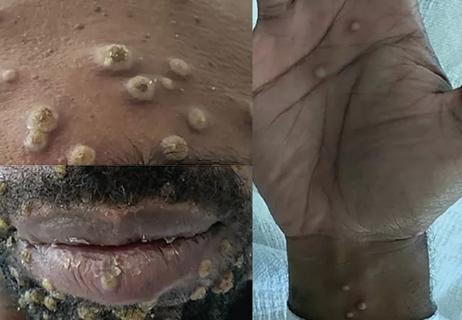
Persistent rectal pain leads to diffuse pustules

Techniques are borrowed from rhinoplasty, malar augmentation and others
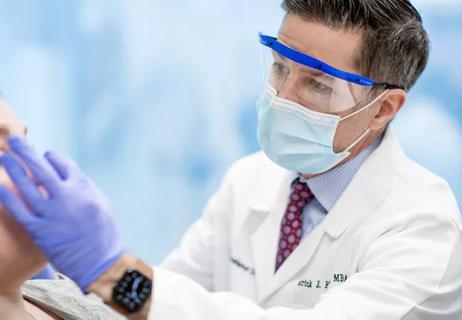
Two cases — both tremendously different in their level of complexity — illustrate the core principles of nasal reconstruction

Stress and immunosuppression can trigger reactivation of latent virus

Low-dose, monitored prescription therapy demonstrates success

Antioxidants, barrier-enhancing agents can improve thinning hair